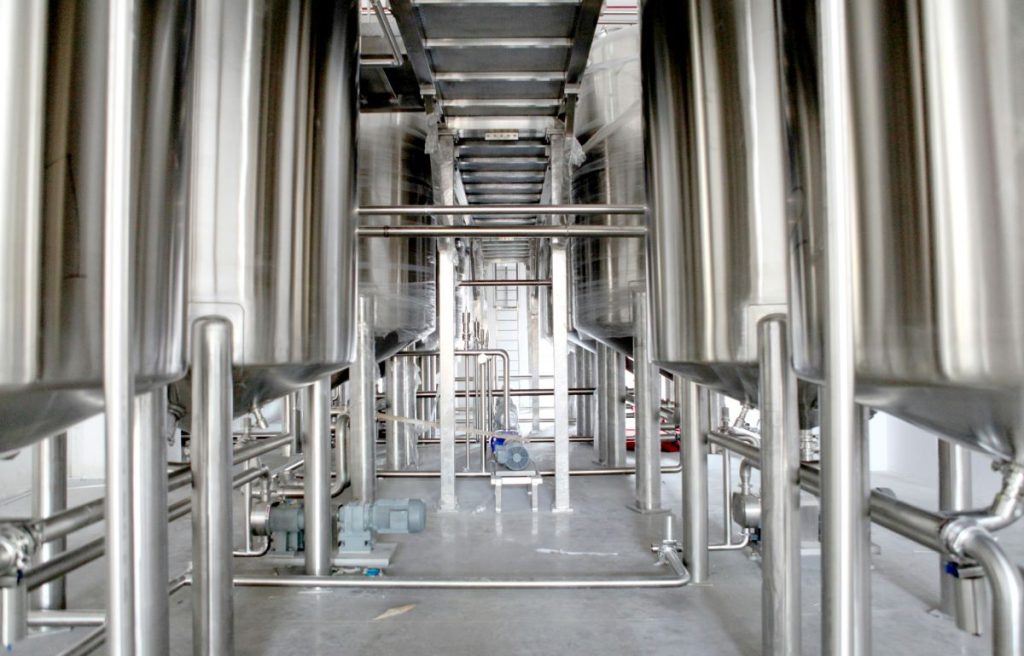As the life sciences sector evolves, procurement and executive teams face mounting pressure to adapt and optimize. The key to long-term success lies not just in cost management, but in continuous improvements across procurement processes, systems, and organizational responsibilities.
The Rising Need for Procurement Process Change
In the rapidly progressing world of life sciences, an adaptive procurement function becomes crucial in managing suppliers, costs, and risks. With 60% to 70% of a company’s cost structure based on purchased goods and services, flexibility in the supply base can become a competitive advantage. However, this requires alignment between processes, policies, systems, and organizational responsibilities.
The need for procurement process change is driven by many factors, including the need for secure automation in onboarding new suppliers, inefficiencies in accounts payment processes, compliance with government regulations, and the need for alignment during mergers, divestitures, and acquisitions.
Implementing Change: From Vision to Action
Moving from an idea to implementation requires changing the buying habits of employees and suppliers. While large global players may have their own change frameworks, many emerging companies in a rapid growth phase deploy an ad hoc approach.
A successful change requires the adoption of a vision of how processes, systems, and people will work efficiently to buy goods and services. Clear communication and training are critical change-management techniques that help the organization understand changes and their impact on the procurement function.
In order to thrive in the life sciences sector, the procurement function must embrace a change-management mindset. By focusing on strategic change management, life sciences companies can optimize spend, mitigate risks, and secure long-term success. Procurement leaders who embrace change will drive impactful results, while those who resist will be left behind.



